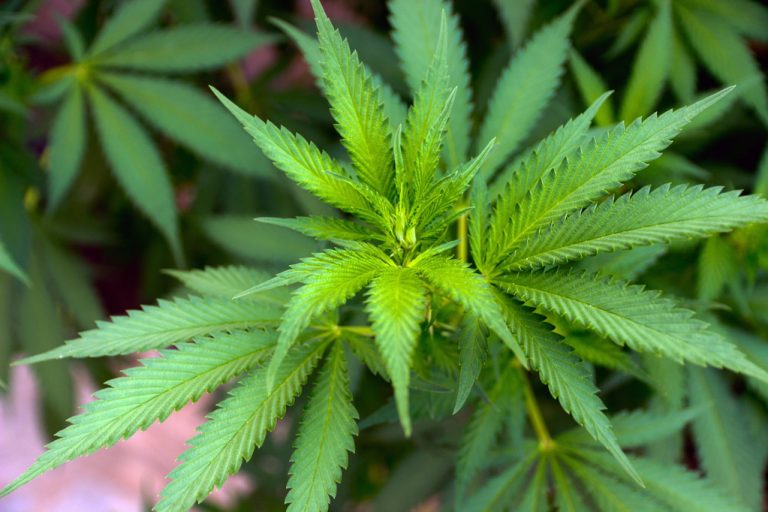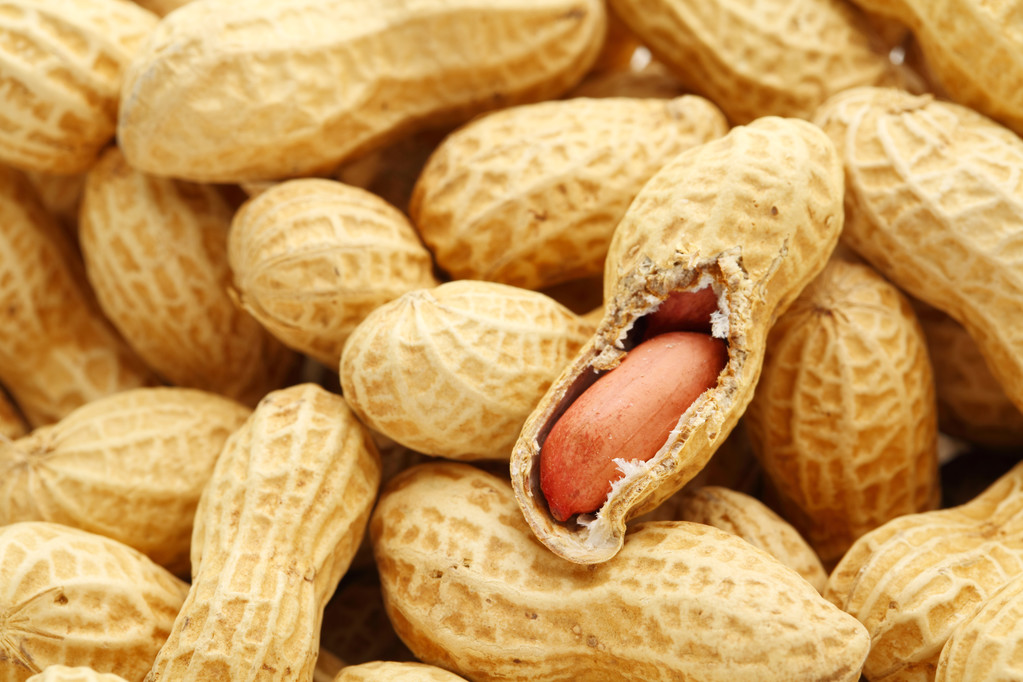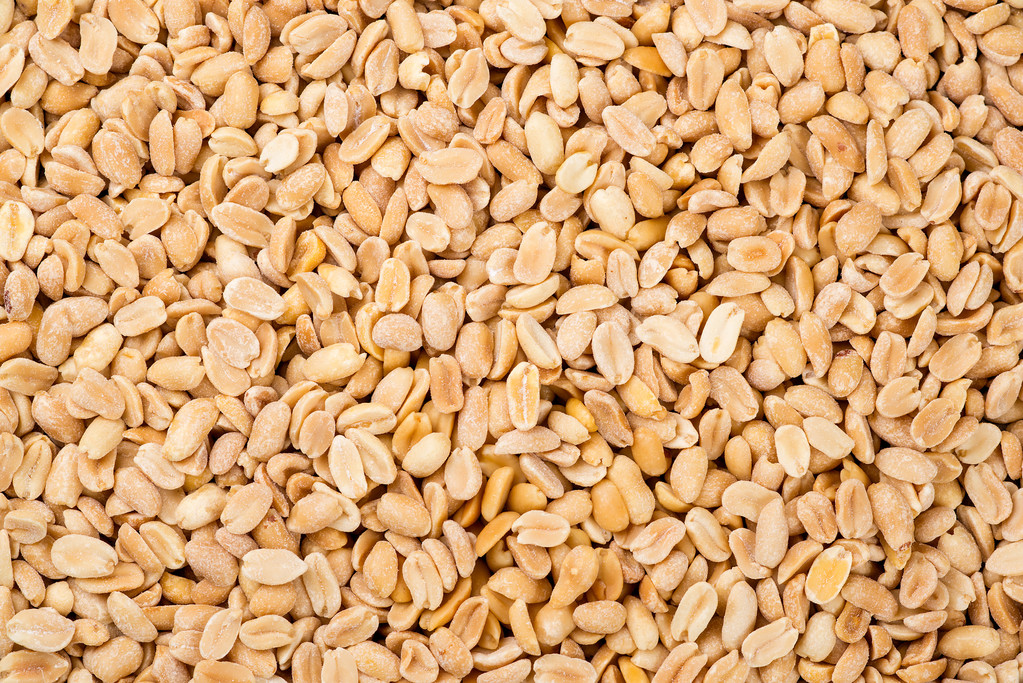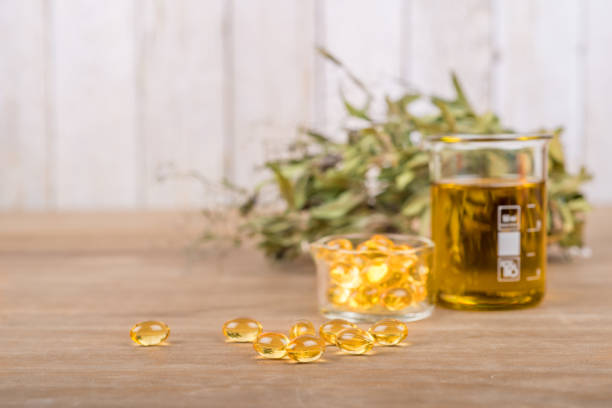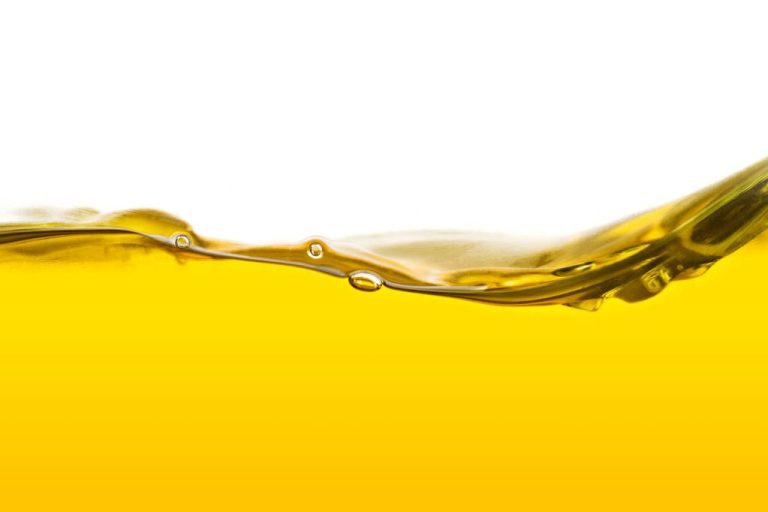Argan oil from Morocco has been used in many ways as a miracle cure for centuries. This vegetable oil is very popular and not cheap either. Due to its many different possible uses in the areas of nutrition and also in the healing and cosmetic area, argan oil can be used in many ways as a miracle cure.
The cooking oil is also called argan oil. It is obtained from the fruit of the Argan tree (Argania Spinosa). To be more precise, it is obtained from the seed flakes of the ripe berry fruit. Many may not know what it actually is or where it comes from. But let yourself be surprised:
What exactly is argan oil?
Argan oil is an edible oil found in the seeds of the berry fruit of the argan tree. The cultivation area, the Arganeraie – is located in southwest Morocco. Around two million Berbers can make a living from the harvest, production, and sale of argan oil. The basis for the oil is a yellow berry from the Moroccan desert. This is about the size of a date and has a hazelnut-sized pit inside. In this core is the seed plate with the precious miracle cure. This fruit grows on the Argan trees. In its natural state, the fruit is bitter and inedible to humans. Only the Berber goats eat these berries and leaves of the tree. Also, read more about healthy oils and their uses.
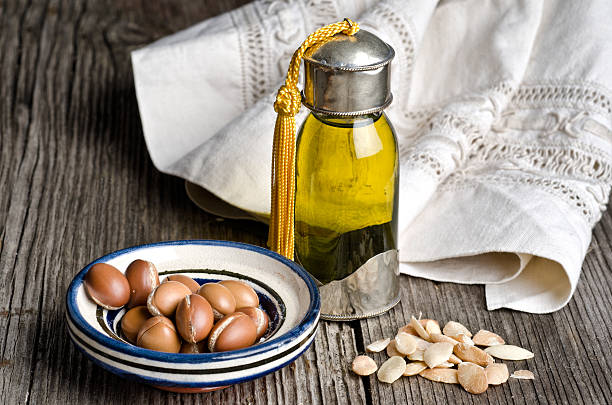
How is the oil extracted?
The processing of oil is mainly and traditionally done by Berber women. Approximately 80 percent of the extraction is carried out by laborious manual work. The ripe and fallen fruits are collected and then dried in the sun. The dried pulp can then be easily peeled from the argan nut. Using a mallet on an anvil, the very hard shell of the nut must be broken open to reveal the tender “almond” inside. After gentle roasting, the almonds are pressed with a stone press. The resulting mousse is heated with a little water and mixed by hand until the oil begins to separate from the water. For one liter of oil, you need about 30 kilograms of argan fruits.
Areas of application of argan oil
Argan oil can be used in many different ways, for example for cooking. In nutrition, argan oil gives food a special flavor. Many chefs therefore particularly like to use this oil. Due to the high vitamin E content and the valuable ingredients in the argan oil, you can use it excellently for skincare on the face. It has a tightening, disinfecting, and antibacterial effect. You can also use it as hair oil in the form of a hair mask or as a conditioner. Even inflammations in the body can be positively counteracted thanks to vitamin E. The skin can gain vitality and elasticity and hair care can also be positively supplemented with it. Argan oil protects and nourishes your skin at the same time.
Miracle cure for skin and hair
The oil of the argan tree is used as a high-quality care product. It has a great effect on hair and skin. It soothes the skin and cares for sensitive and damaged skin. It also provides a lot of moisture. It has a moisturizing effect on dry skin and prevents skin aging overall. Argan oil also has an antioxidant effect because it contains many antioxidants. Furthermore, it has an antibacterial effect. Many people have found that argan oil reduces acne, pimples, and impure skin. The contained mono and polyunsaturated fatty acids, such as linoleic acid, ensure a reduction in blood pressure and cholesterol levels. Argan oil is also particularly suitable as a home remedy for brittle or dry hair, as it provides a lot of moisture and locks it in the hair. Argan oil moisturizes the hair.
Use argan oil in cooking
Argan oil is suitable as cooking oil in the kitchen. It is suitable as cold-pressed and normally manufactured oil. It is a gourmet cooking oil for upscale gastronomy. Like truffles, caviar, or saffron, argan oil is a premium product because 1 liter costs around 60 euros. The oil is particularly suitable for salads. But it is also suitable for vegetables, fish dishes, or even for roasting meat. Due to its special composition, it is very healthy and richer in content than the best olive oil. Argan oil is nutritionally very valuable because its fatty acid composition is optimal. It also contains important phytochemicals such as vitamin E (especially γ-tocopherol), sterols, squalene, and simple phenolic compounds.
Use as a home remedy
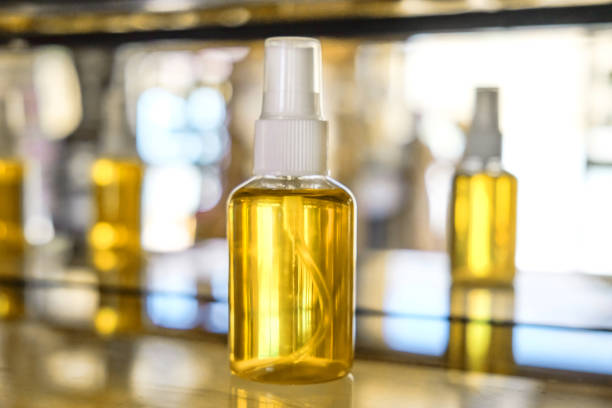
Argan oil is very healthy and is considered a real treasure among home remedies. This is because this miracle oil has the highest concentration of so-called essential fatty acids. Namely over 80%, for example, the high-quality oleic acid and linoleic acid.
In addition, there is a large proportion of so-called natural antioxidants. These protect against harmful free radicals. Therefore, the oil from Morocco is very rich in alpha-tocopherol, which has the same activity as vitamin E. It also contains sterols, such as spinasterol and schottenol.
Other possible uses
Argan oil, like some other types of oil, is suitable for use as a natural home remedy. There are many possible uses for the miracle cure. The oil is very suitable for the treatment of stomach pains, stomach, and intestinal flu, and circulatory problems. Also as a quick help with sunburn, burns, or for cleaning wounds. Furthermore, the natural remedy is also suitable for acne, chickenpox, neurodermatitis, small birthmarks, rheumatism, joint pain, or hemorrhoids. Even with hair loss, people have observed that argan oil can stimulate hair growth again.
Buy argan oil
You can buy high-quality argan oil and argan oil capsules online. Since the extraction of the oil is very complex, the precious oil is also very expensive. However, if you are a gourmet, want to give something very special as a gift, want to treat your body to something particularly good, or want to start a cosmetic treatment with argan oil, then it is worth buying this gourmet cooking oil.



